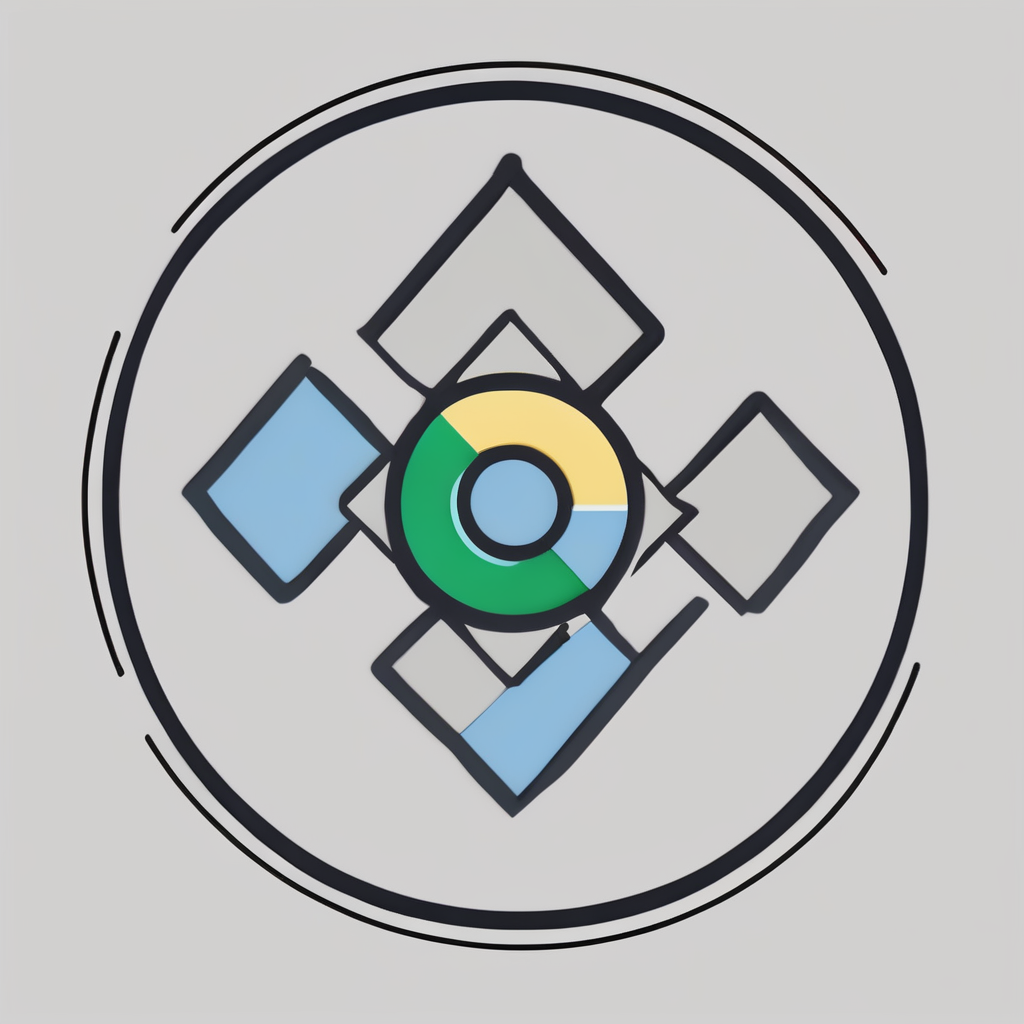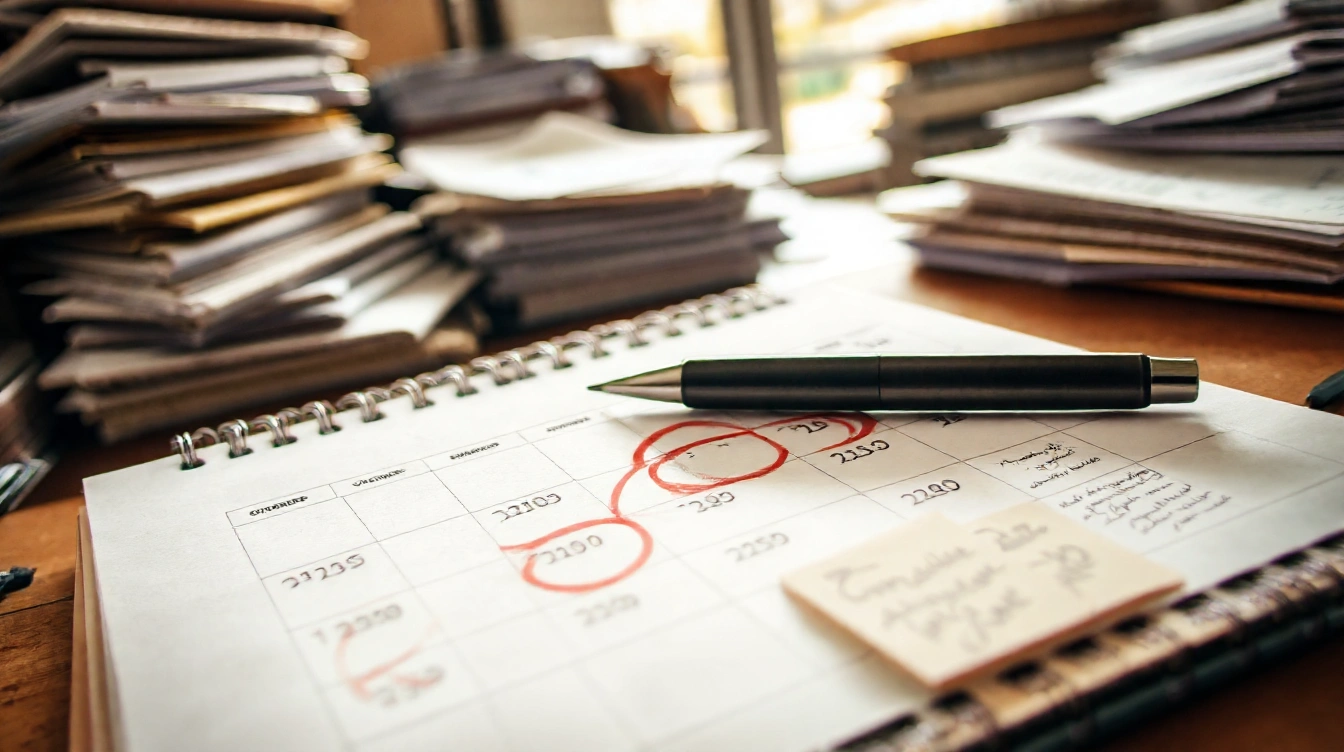Creating customer reminders that truly engage requires more than just sending messages. Effective communication depends on clarity, timing, and personal relevance to capture attention and prompt action. Harnessing data-driven insights and automation tools transforms reminders into powerful touchpoints that strengthen customer relationships and boost response rates. Understanding these strategies enables businesses to deliver impactful reminders tailored to each customer’s needs, driving better outcomes without overwhelming recipients.
Essential Elements for Effective Customer Reminder Messages
Crafting customer reminder strategies that truly engage requires a focus on clarity and purpose. The cornerstone of any successful reminder message is concise and clear wording. When customers receive messages that quickly convey the essential information without ambiguity, they are more likely to respond positively.
Also to read : How Does UK Business Marketing Evolve in the Digital Age?
Key components of high-impact reminder messages include:
- A clear statement of the action needed or appointment details.
- Specific dates and times to avoid confusion.
- A polite and respectful tone that encourages compliance.
Understanding the importance of the reminder’s purpose and the desired outcome is crucial. Effective customer communication hinges on validating why the message is sent and what response is expected. For example, reminders sent for appointment confirmations should emphasize the date and time, while payment reminders should clearly state the due amount and deadline.
Also to discover : Essential tips for crafting customer reminders effectively
Adhering to reminder message best practices means avoiding unnecessary jargon, keeping the message brief, and focusing on actionable information. This approach improves the customer’s experience by making interactions straightforward and respectful of their time.
Personalisation and Relevance in Customer Reminders
Personalised reminders significantly enhance customer engagement by making messages feel tailored rather than generic. Utilising detailed customer data enables businesses to send personalised reminders that reference specific services, appointments, or products relevant to the individual. For example, addressing a customer by their name and mentioning their upcoming appointment time or service type creates a sense of connection and shows attentiveness to their needs.
Targeted messaging is crucial for maintaining the recipient’s interest and encouraging prompt action. When reminders are carefully crafted based on customer history and preferences, they resonate more effectively, leading to higher response rates. Personalisation isn’t limited to names alone; incorporating context such as recent purchases or previous interactions adds depth and relevance to each reminder.
Employing these strategies not only improves communication but also builds trust, making customers more likely to appreciate and respond positively to reminders. For businesses eager to refine their approach, focusing on personalised reminders improves overall customer satisfaction and reduces missed appointments or forgotten actions. Click here for more info.
Timing Strategies to Maximise Engagement and Response Rates
Understanding when to send reminders is key to boosting effectiveness.
Choosing the right reminder timing best practices is essential for successful customer interactions. Timing directly influences customer engagement timing and overall response optimisation.
To determine optimal reminder intervals, begin by analysing when your audience is most receptive. For example, sending reminders too early may cause them to be overlooked, while waiting too long risks forgetting. A data-driven approach helps identify peak activity periods, such as mid-morning or early evening, which can increase response rates significantly.
Adapting timing based on individual customer behaviour patterns enhances engagement further. Tracking how customers respond to previous reminders allows tailoring of follow-up messages strategically. Some may prefer a quick reminder shortly after an appointment is booked, while others respond better to a later, more casual prompt. This personalized timing aligns with their habits, improving the likelihood of a prompt reply.
Consistently reviewing these timing strategies ensures you remain aligned with evolving customer preferences. Integrating flexibility and responsiveness into your reminder system delivers superior outcomes in both engagement and conversions. Click here for more info.
Selecting the Right Communication Channels
Choosing the most effective communication channels is crucial when implementing SMS reminders, email reminders, or app notifications to ensure your messages reach your audience promptly and efficiently. Each channel has its unique advantages and considerations that can impact engagement rates and overall success.
SMS reminders boast high open rates, often exceeding 90%, making them ideal for urgent or time-sensitive communications. Their immediacy and direct nature mean recipients are more likely to read and respond quickly. However, SMS character limits and potential costs per message must be factored into your strategy.
Email reminders, while having slightly lower open rates compared to SMS, allow for more detailed information and customization. They are particularly effective for conveying complex messages, including attachments or links. Additionally, well-crafted email reminders can build ongoing customer relationships through branding and personalized content.
App notifications combine immediacy with rich content capabilities and are best suited for users who have already engaged with your digital platform. They are less intrusive than SMS but depend on app installation and permission settings, which can limit reach if users opt out.
Employing multichannel reminder strategies enhances visibility by leveraging the strengths of each communication method. For example, sending an SMS reminder followed by an email can reinforce the message and increase the likelihood of recipient action. Coordinated timing across channels can prevent message fatigue while maximizing attention.
When selecting channels, consider the nature of your audience, message urgency, content complexity, and cost implications. Combining these insights will guide you in crafting a robust communication plan that enhances engagement and improves outcomes.
Click here for more info.
Crafting Clear and Persuasive Reminder Messages
Creating effective reminder message templates requires more than just sending notifications; it involves crafting persuasive customer messaging that is both clear and motivating. The foundation of a compelling reminder lies in structuring your message to be straightforward and actionable. Start with a concise greeting, followed by a direct statement of the purpose—whether it’s an appointment, payment, or delivery. Use simple language that leaves no room for confusion, so recipients immediately understand what is expected of them.
Balancing urgency with a friendly, professional tone is essential. Too much pressure can alienate customers, while a lack of emphasis might result in ignored messages. To achieve this balance, embed a sense of importance by highlighting deadlines or benefits of timely action, but concurrently maintain warmth and politeness. For example, phrases like “We kindly remind you” or “To avoid any inconvenience” gently encourage response without sounding too forceful.
In addition, persuasive reminder copy should be tailored to resonate with your audience’s needs and expectations. Using personalized information, such as mentioning their name or specific details about the service, helps the message feel relevant and thoughtful rather than generic. This approach increases the likelihood of engagement and prompt reaction.
In summary, well-designed reminder message templates combine clarity, professionalism, and a touch of human warmth to ensure that customers feel informed and valued while being motivated to take the desired action. Click here for more info.
Leveraging Automation Tools for Reminders
Automated reminders significantly enhance customer engagement by ensuring timely communication without manual effort. Using customer engagement tools equipped with reminder software capabilities allows businesses to maintain consistent contact, reducing no-shows and improving overall satisfaction.
The benefits of automating customer reminders include increased efficiency, accuracy, and scalability. Automation removes human error and ensures each client receives personalized and punctual reminders. This leads to a better customer experience and frees staff to focus on more strategic tasks.
Top platforms offer seamless integrations with calendars, email, and SMS services, maximizing reach through preferred communication channels. Many reminder software solutions support dynamic scheduling and customization, enabling businesses to tailor messages based on customer behavior and preferences.
Implementing automated reminders via trusted customer engagement tools can transform how businesses manage appointments and interactions. This strategic use of technology boosts retention and fosters loyalty by demonstrating attentiveness and professionalism. To explore specific automation options and best practices, Click here for more info.
Real-world Examples and Proven Templates
Understanding customer reminder examples is essential for crafting messages that truly resonate and prompt action. Effective reminder message templates increase response rates by being clear, concise, and tailored to the context. The use of best performing reminder scripts often includes personalization and a polite but assertive tone.
For instance, appointment reminder templates frequently incorporate the date, time, and location, coupled with a friendly prompt. A simple example reads: “Just a friendly reminder about your appointment on Date at Time. Please let us know if you need to reschedule.” This direct approach minimizes confusion and strengthens commitment.
When addressing payments or subscription renewals, examples focus on clarity regarding amounts and due dates. A typical payment reminder message might say, “Your subscription will renew on Date. To avoid interruption, please ensure your payment of Amount is processed by then.” This example clearly informs the customer while encouraging timely payment.
For events or deadlines, reminder samples often emphasize urgency and benefits. An effective script might state, “Don’t miss out! Register before Deadline to secure your spot at Event. We look forward to seeing you there.” This technique leverages a sense of urgency to motivate timely responses.
Employing these best performing reminder scripts ensures that communications remain professional and efficient, helping businesses maintain strong relationships with their customers. Click here for more info.








